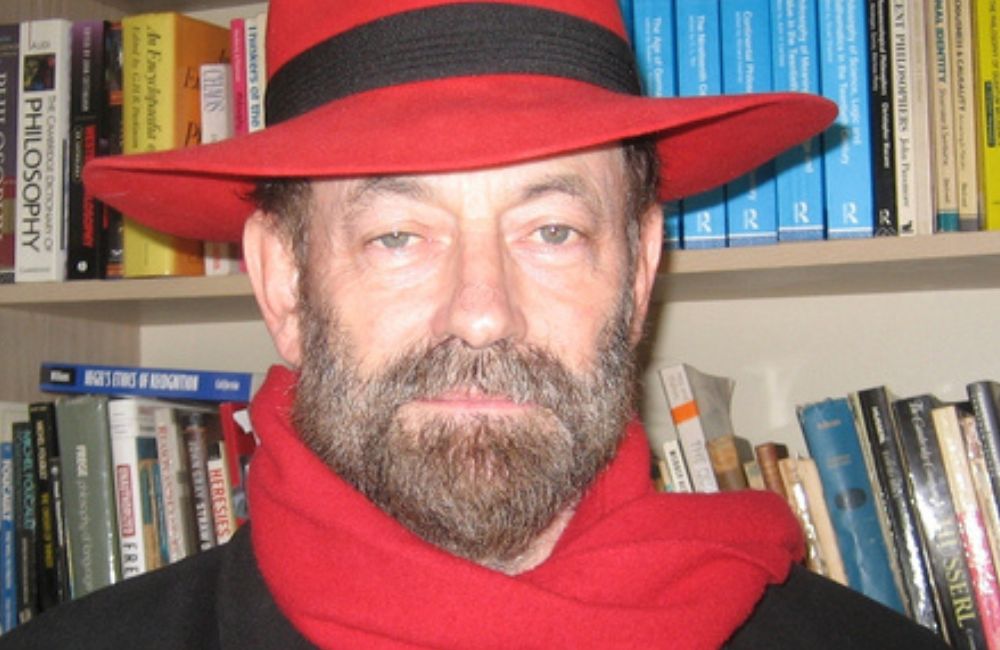This is a recording of lecture given on October 1st 2022 as part of BRLSI’s William Herschel Conference. Wolfgang Steinicke focuses on deep sky objects visually observed by William Herschel between 1774 and 1817. Although his most famous discovery was the planet Uranus, his later astronomical work covered many areas. William began searching for double stars to reveal their nature and distance, and later detected orbital motions. His lifelong goal was to uncover the structure of the Milky Way; for this, he used statistical methods using extensive star counts. The observational base was laid in the monumental sweep campaign (1783-1802) to find new nebulae and star clusters. In the end, 2500 objects were catalogued. Herschel’s observational and theoretical work influenced later generations of astronomers. All of this, however, was only possible with the support of William’s talented sister Caroline. She planned the observations, organised and analysed the data, and prepared the publication of the results. Wolfgang Steinicke studied astrophysics and mathematics. He obtained a doctorate with a dissertation on Observing and Cataloguing Nebulae and Star Clusters: From Herschel to Dreyer’s New General Catalogue. His interest is focused on non-stellar objects, their data and historical sources. He is the author of ten books and has published more than 300 scientific papers. His latest work is titled William Herschel – Discoverer of the Deep Sky. He is a Fellow of the Royal Astronomical Society, Director of the History of Astronomy Section of the German Vereinigung der Sternfreunde, committee member of the Webb Deep Sky Society, member of the Herschel Society, Bath, and works for international associations. He organizes astronomy meetings and gives lectures all over the world.
If you enjoyed this talk, you might like to explore more videos on Herschel & Astronomy.



